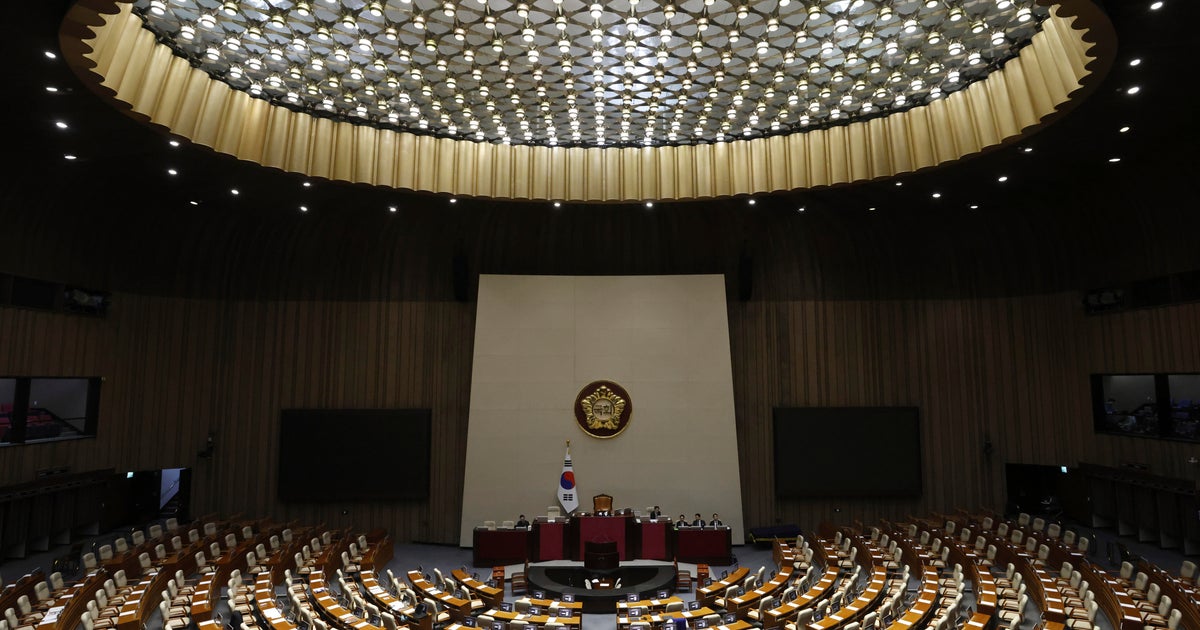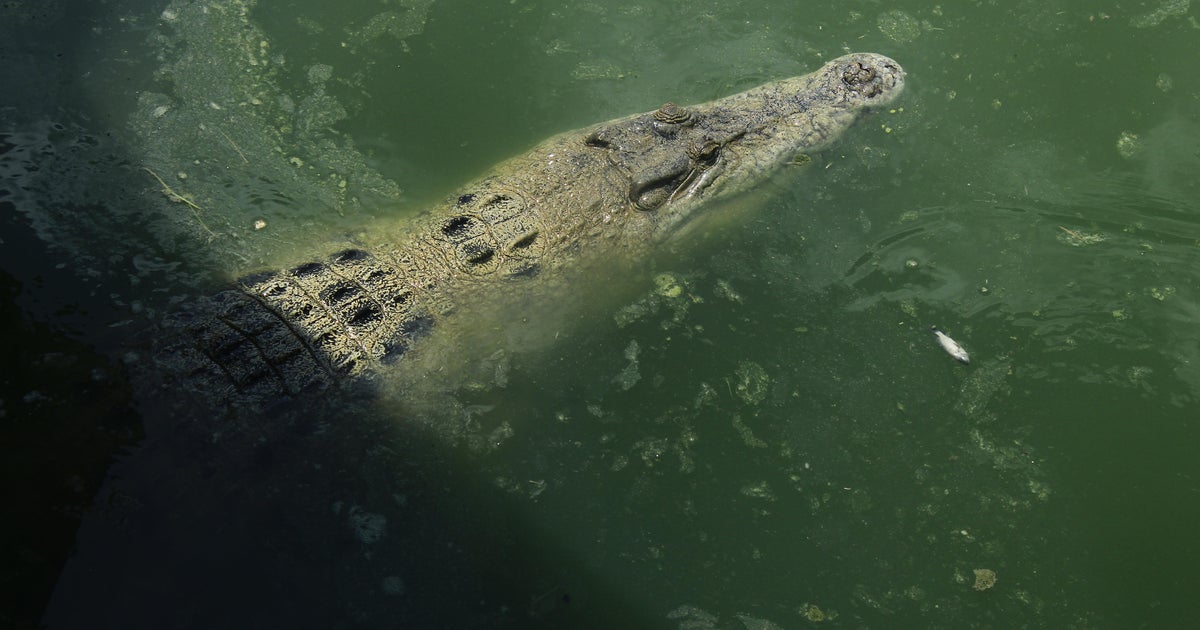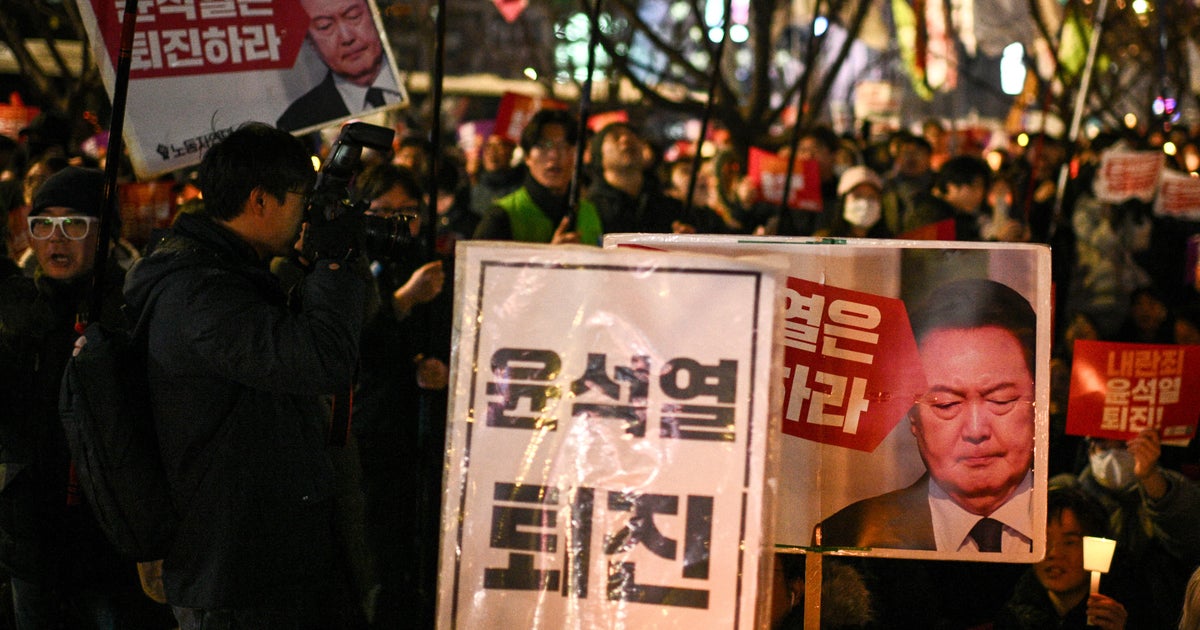CBS News
Landslide at unauthorized Indonesia goldmine kills at least 23 people, leaves dozens missing

Jakarta, Indonesia — Rescue workers dug through tons of mud and rubble on Tuesday as they searched for dozens of missing people after a landslide hit an unauthorized gold mining area on Indonesia’s Sulawesi island, killing at least 23 people.
More than 100 villagers were digging for grains of gold on Sunday in the remote and hilly village of Bone Bolango when tons of mud plunged down the surrounding hills and buried their makeshift camps, said Heriyanto, head of the provincial Search and Rescue Office.
Rescuers recovered more bodies on Tuesday in the devastated hamlet where the gold mine is located.
According to his office, 66 villagers managed to escape from the landslide, 23 were pulled out alive by rescuers, including 18 with injuries, and 23 bodies were recovered, including three women and a 4-year-old boy. About 35 others were missing, it said.
DIDOT/AFP/Getty
National Disaster Management Agency spokesperson Abdul Muhari said torrential rains that have pounded the mountainous district since Saturday triggered the landslide and broke an embankment, causing floods up to the roofs of houses in five villages in Bone Bolango, which is part of a mountainous district in Gorontalo province. Nearly 300 houses were affected and more than 1,000 people fled for safety.
Authorities deployed more than 200 rescuers, including police and military personnel, with heavy equipment to search for the dead and missing in a rescue operation that has been hampered by heavy rains, unstable soil, and rugged, forested terrain, said Afifuddin Ilahude, a local rescue official.
“With many missing and some remote areas still unreachable, the death toll is likely to rise,” Ilahude said, adding that sniffer dogs were being mobilized in the search.
Videos released by the National Search and Rescue Agency show rescue personnel using farm tools and their bare hands to pull a mud-caked body from the thick mud and placing it in a black bag to take away for burial.
DIDOT/AFP/Getty
Seasonal monsoon rains cause frequent landslides and flash floods in Indonesia, an archipelago nation of more than 17,000 islands where millions of people live in mountainous areas or near floodplains.
At least 14 people were killed in May when torrential rain sparked flooding and a landslide in South Sulawesi’s Luwu district. More than 1,000 houses were affected by inundation, with 42 being swept off their foundations.
In March, torrential rains triggered flash floods and a landslide on Indonesia’s Sumatra island, killing at least 19 people and leaving 7 others missing, officials said.
Climatologists say climate change has made the seasonal monsoons across Asia more intense and less predictable.
Informal mining operations are also common in Indonesia, providing a tenuous livelihood to thousands who labor in conditions with a high risk of serious injury or death. Landslides, flooding and collapses of tunnels are just some of the hazards facing miners. Much of gold ore processing involves highly toxic mercury and cyanide and workers frequently use little or no protection.
The country’s last major mining-related accident occurred in April 2022, when a landslide crashed onto an illegal traditional gold mine in North Sumatra’s Mandailing Natal district, killing 12 women who were looking for gold.
In February 2019, a makeshift wooden structure in an illegal gold mine in North Sulawesi province collapsed due to shifting soil and the large number of mining holes. More than 40 people were buried and died.
“Improved weather allowed us to recover more bodies,” said Heriyanto, who goes by a single name like many Indonesians.
CBS News
Nearly half of U.S. teenagers say they’re online almost constantly, survey finds

Watch CBS News
Be the first to know
Get browser notifications for breaking news, live events, and exclusive reporting.
CBS News
What lawmakers are saying about East Coast drone sightings

Watch CBS News
Be the first to know
Get browser notifications for breaking news, live events, and exclusive reporting.
CBS News
Argentinian President Javier Milei likely to attend Trump inauguration

Argentina’s President Javier Milei is likely to attend President-elect Donald Trump’s inauguration in January, according to an Argentine diplomatic official. While his attendance has not been confirmed publicly, the official said all signs point to Milei traveling to Washington, D.C., for the swearing-in ceremony.
A spokesperson for the Trump transition team did not reply to a request for comment.
Milei, a Trump acolyte who was elected last year and describes himself as an “anarcho-capitalist,” on Monday posted on X a link to a news report and wrote “Make Argentina Great Again Make America Great Again,” adding a handshake emoji between U.S. and Argentine flag emojis.
Bloomberg News was first to report on Milei attending the inaugural, citing an Argentine government spokesperson.
Antonio Masiello / Getty Images
Milei is the first world leader expected to be in Washington for the Jan. 20 event, though arrangements are underway for others to join. CBS News reported last week that Chinese President Xi Jinping, whom Trump personally invited to the inauguration, was unlikely to attend, according to multiple sources.
Trump confirmed Monday that he has exchanged letters with Xi and would “love to have him [at the inauguration], but there’s been nothing much discussed” in terms of whether he’ll accept the invite.
Trump added that he has fielded calls from more than 100 world leaders since winning the election and, when asked specifically, said that he had not invited Ukrainian President Volodymyr Zelenskyy.
State Department records dating back to 1874 show that no world leader has attended an American transfer-of-power ceremony. Traditionally, foreign ambassadors and their spouses represent their governments at the quadrennial event.
Milei met with Trump at Mar-a-Lago shortly after the November election.
Margaret Brennan and
contributed to this report.











